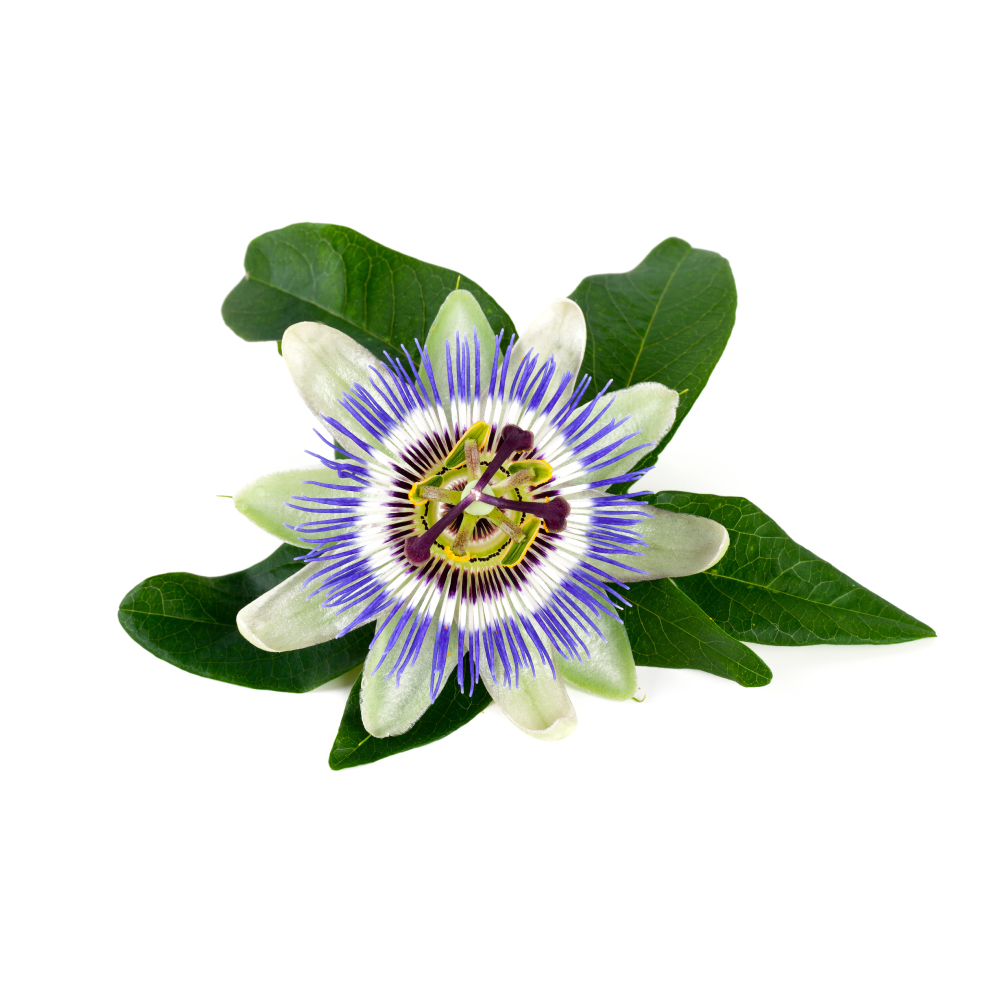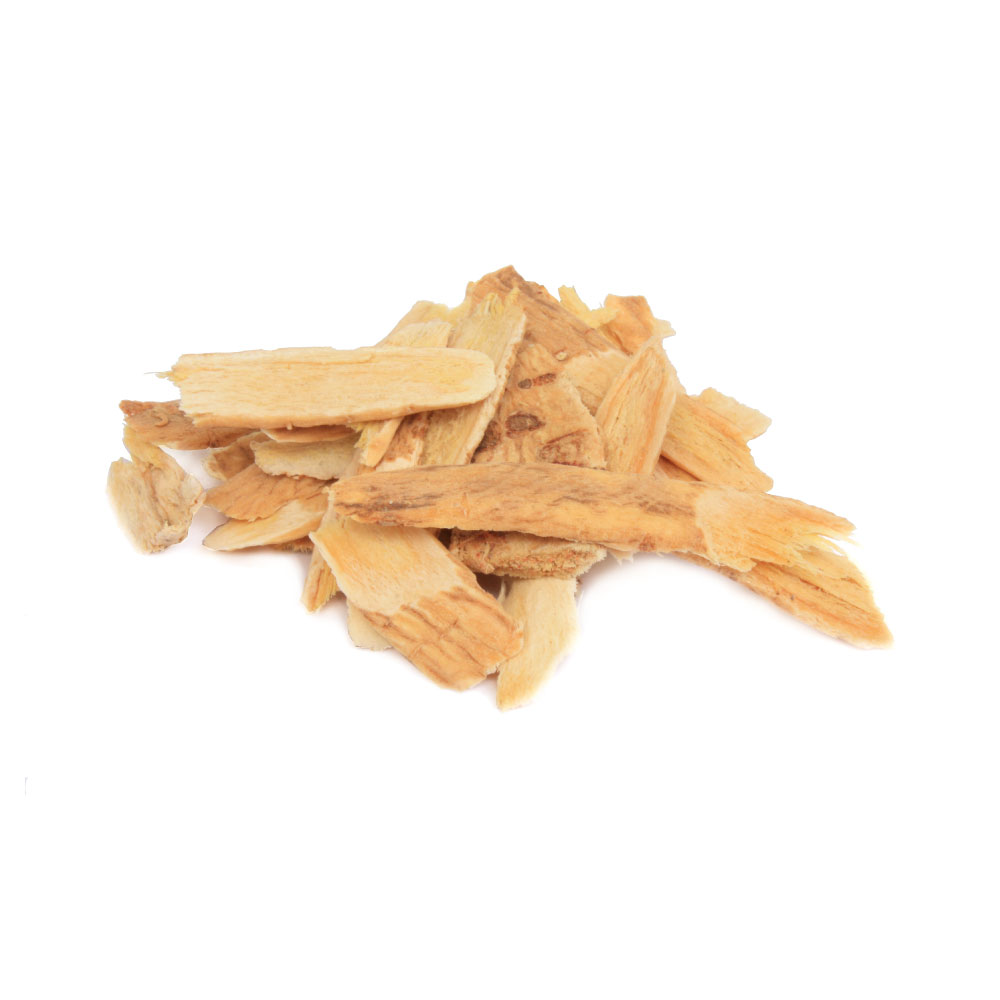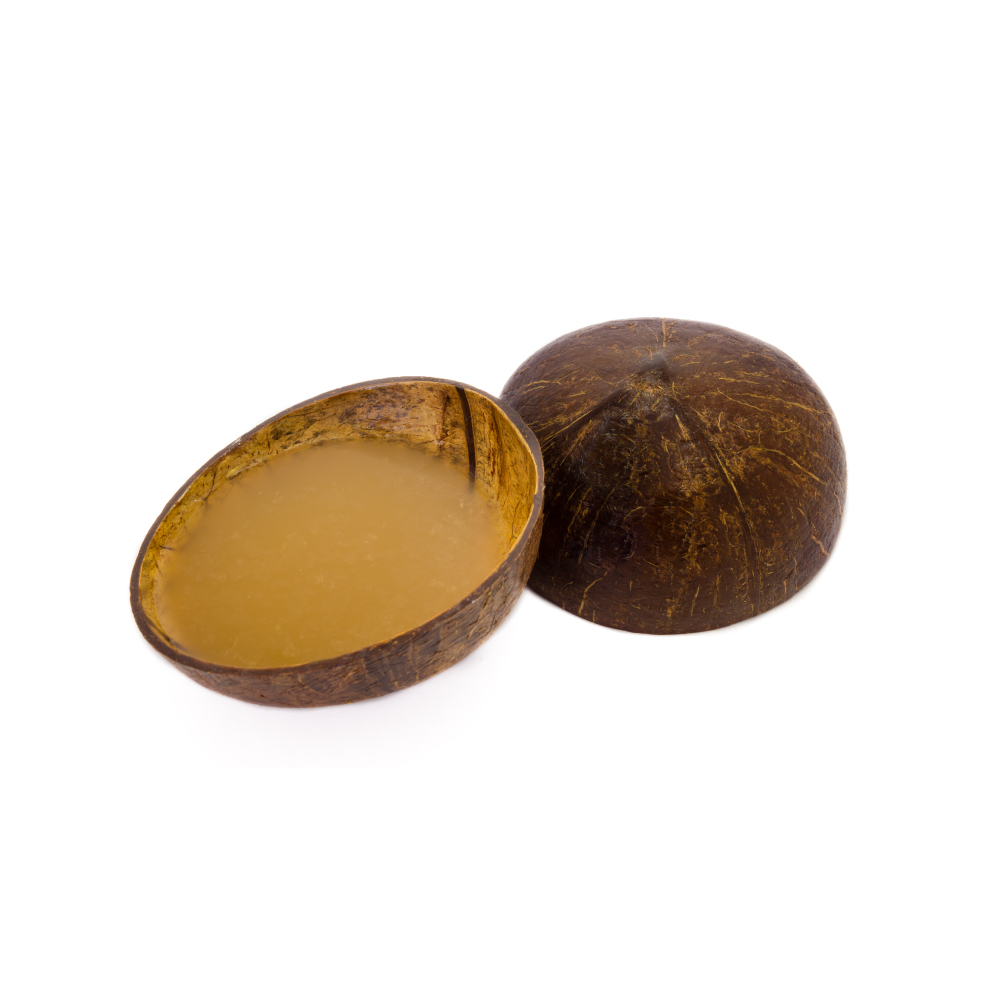What is Black Horehound?
Black horehound is best known for its offensive odour — which resembles stale sweat.
Despite the unfortunate smell of this mint-relative, it has a lot to offer therapeutically.
Black horehound is one of the oldest medicinal herb species from Europe. It has a long history of use for infectious diseases including rabies and parasites, as well as for nausea and vomiting caused by neurological disorders.
This herb is a bit of a jack of all trades — but master of none. It offer reliable nervine, antispasmodic, antimicrobial, and anticholesterolaemic effects — all thanks to five unique phenylpropanoid glycosides contained in the leaves, stems, and roots of the herb.
What is Black Horehound Used For?
Many of the tradition uses of the herb have yet to be validated. The primary traditional uses for the herb that still stand today are for treating motion sickness or other causes of nausea or vomiting of neurological origin.
This herb is also still used as an antimicrobial for the digestive tract and topically on the skin.
Newer applications for the herb are aimed towards high cholesterol levels and diabetes.
Traditional Uses of Black Horehound
Black horehound was used for a lot of different applications. It was also a common remedy for motion sickness or any vomiting caused by neurological origins (rather than digestive).
Topically, the leaves were used to treat wounds, burns, and infection. Some herbalists even gave the herb as an enema for parasitic worms.
In Europe, where the herb originated from, the flowering tops were used to treat rabies after getting bitten by a rabid dog.
Herb Details: Black Horehound
Herbal Actions:
- Antibacterial
- Anticholesterolaemic
- Antiemetic
- Antifungal
- Antioxidant
- Antiprotozoal
- Antispasmodic
- Expectorant
- Hypoglycaemic
- Nervine
- Sedative
Weekly Dose
- (1:2 Liquid Extract)
10 20 mL - View Dosage Chart
Part Used
Flowering Tops
Family Name
Lamiaceae
Distribution
Europe & North America
Constituents of Interest
- Verbascoside
- Forsythoside B
- Arenarioside
- Ballotetroside
- Malic Acid
Common Names
- Black Horehound
- Black Stinking Horehound
- Fetid Horehound
- Stinking Roger
CYP450
- Unknown
Pregnancy
- Avoid black horehound if pregnant or breastfeeding
Duration of Use
- insert
Botanical Information
Black horehound originated from Europe but is now widespread across North America as well. The herb can grow over 1 meter tall and tends to grow on the side of the road in rural areas.
What this plant is best known for is its disagreeable odor — which can be described as stale sweat. The Greek name, ballo translates to “getting rid of”, or “throwing away”. This smell protects the herb by repelling both animals and humans.
Pharmacology & Medical Research
+ Anticholesterolaemic
One of the major causes of atherosclerosis is the result of oxidization of low-density lipoproteins LDL) [1].
Some of the phenolic compounds in black horehound (verbascoside, forsythoside B, arenarioside, and ballotetroside) were found to inhibit LDL oxidation through Cu2+ pathway [2].
+ Antimicrobial
Five phenolic compounds from black horehound were investigated to explore their antimicrobial potential. Of these five, three (verbascoside, forsythoside B, arenarioside) were found to have moderate activity against Proteus mirabilis, Salmonella typhi, and Staphylococcus aureus [3, 4].
Another study looked at the antimicrobial effects of each part of the plant (leaves, roots, and stems). The results suggested the crude extract of the roots had the best inhibitory activity on the strains tested (Enterococcus faecalis, Escherichia coli, Klensiella pneumonia, Proteus miribalis, Salmonella typhi, and Staphylococcus aureus, Aspergillus fumigates, Aspergillus niger, Fusarium solani, and Leishmania) [5]. The leaf and stem chloroform extracts had similar antimicrobial action.
+ Sedative
Phenylpropanoid compounds from black horehound were found to bind to benzodiazepine, dopaminergic, and morphinic receptors in animals [6, 4]. This provides a mechanism of action for the traditional sedative uses of the herb — but more research is needed to further elucidate these findings.
Phytochemistry
The flowering tops (the part used medicinally) are rich in diterpenoid lactones (labdane type) — such as ballotenol, ballotinone, 7alpha-acetoxymarrubiin, hispanolone, and preleosibirin.
The tops are also rich in phenolic compounds (luteolin-7-lactate, luteolin-7-glucosyl-lactate), phenylpropanoid glycosides (verbascoside, forsythoside B, arenarioside, ballotetroside), organic acids (quinic acid), and volatile oils.
Cautions & Safety Information:
Black horehound is considered a safe herb, with little chances of experiencing any side effects.
Allergies to the herb have been noted, so caution is advised if using the herb for the first time. Always start with a small amount first to see how you react before using a full dose.
Black horehound may interact with the following medication classes:
Antipsychotic medications (overlap in receptor activation)
Anti-Parkinson’s disease medications (overlap in dopaminergic action)
Sedatives (overlap in sedative effects and benzodiazepine receptor activation)
Iron supplements (black horehound has been suggested to prevent the absorption of iron)
Recent Blog Posts:
Featured Herb Monographs
References:
[1] — Steinberg, D. (1997). Low density lipoprotein oxidation and its pathobiological significance.
[2] — Seidel, V., Verholle, M., Malard, Y., Tillequin, F., Fruchart, J. C., Duriez, P., ... & Teissier, E. (2000). Phenylpropanoids from Ballota nigra L. inhibit in vitro LDL peroxidation.
[3] — Didry, N., Seidel, V., Dubreuil, L., Tillequin, F., & Bailleul, F. (1999). Isolation and antibacterial activity of phenylpropanoid derivatives from Ballota nigra.
[4] — Al-Snafi, A. E. (2015). The Pharmacological Importance of Ballota nigra–A review.
[5] — Ullah, N., Ahmad, I., & Ayaz, S. (2014). In vitro antimicrobial and antiprotozoal activities, phytochemical screening and heavy metals toxicity of different parts of Ballota nigra.
[6] — Daels-Rakotoarison, D. A., Seidel, V., Gressier, B., Brunet, C., Tillequin, F., Bailleul, F., ... & Cazin, J. C. (2000). Neurosedative and antioxidant activities of phenylpropanoids from Ballota nigra.






















As COVID-19 continues to spread around the world, we’re getting a lot of questions on what the potential role of herbal medicine is during the outbreak. Learn how the virus works and how to limit your chances of transmission.